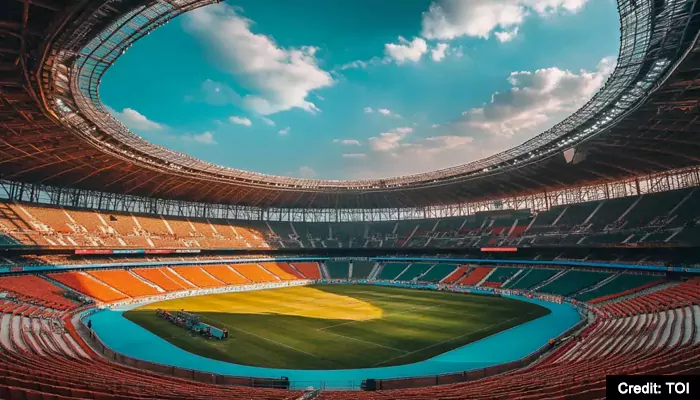
Behind every medal lies a field, a track, and a stadium built for dreams
Imagine it's August, Independence Month. A young athlete in a small-town stadium grips a javelin, the morning mist still lingering in the air. Behind her throw is not just muscle and technique, but years of investment - in coaches, turf, lighting, and a facility that didn’t exist a decade ago. That throw is powered by India's expanding sports infrastructure.
From dusty grounds to world-class arenas, India's sporting landscape has undergone a transformation. And while medals are what the world sees, it’s the bricks, tracks, and training halls that make those victories possible.

India currently has around 100 sports facilities that meet international standards, in addition to thousands more owned by colleges, local bodies, and private entities. The sports infrastructure sector presents a $2.2 billion opportunity, with the past five years witnessing 282 Khelo India projects worth over $1.43 billion.
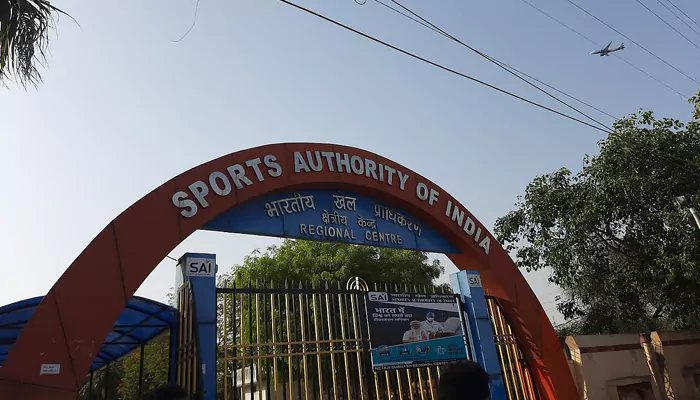
Credit: Knocksense
The Sports Authority of India (SAI) manages national academies and regional centres, while two major funding pipelines are shaping the future:
National Investment Pipeline (NIP): Over 90 stadium and complex projects valued at $1.49 billion, with the private sector contributing 21%.
National Monetisation Pipeline (NMP): Two national stadiums and two SAI regional centres, worth $1.43 billion, to be managed through long-term OMDA (Operation, Management and Development Agreement) agreements.
States are also increasing their efforts. Haryana spent more than $18 million hosting the 2022 Khelo India Youth Games.
Odisha invested $86.66 million to construct 89 indoor stadiums for international hockey and football events.
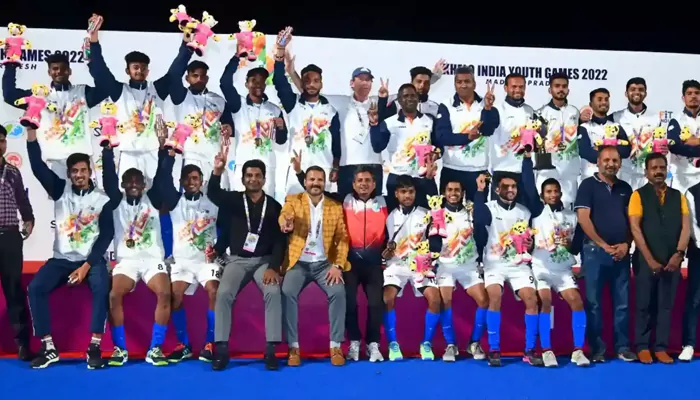
Credit: The Bridge
India's push for sporting excellence is now guided by nine major trends:
Sustainable facilities — Solar panels, rainwater harvesting, and green-certified stadiums like Gujarat’s National Games Village.
Multi-purpose stadiums — Modular designs, as seen in the Narendra Modi Stadium, enabling multiple sports and events.
Synthetic & hybrid turfs — FIFA and FIH-approved surfaces for durability and year-round play.

Credit: Medium
Smart technologies — AI-driven athlete tracking, automated crowd management, and energy-optimised lighting.
Public-private partnerships — Government initiatives combined with corporate-backed academies and grassroots sponsorships.
Grassroots access — Mini stadiums and upgraded school facilities bringing sports closer to rural youth.
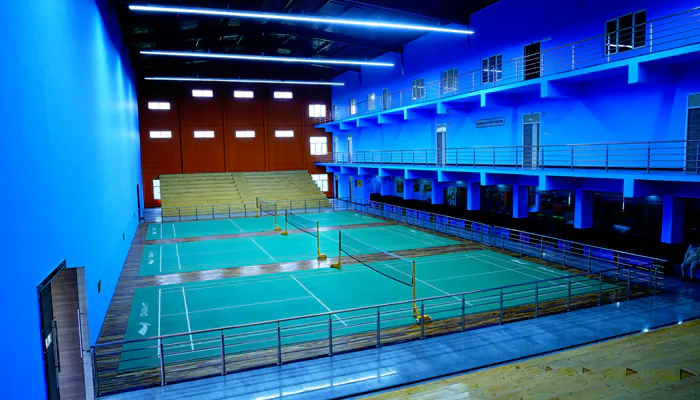
Credit: CMRTC
Indoor complexes — Weather-resistant venues for year-round training and hosting major tournaments.
High-performance centres — Olympic-grade laboratories and sports science units like the JSW Inspire Institute of Sport.
Mega event hosting — Global tournaments prompting stadium upgrades and infrastructure legacies.
The progress is clear, but challenges persist. Maintenance remains a major issue — too many facilities deteriorate, discouraging athletes and local communities. Non-cricket sports still lack equal access to premier venues. Although technology is being adopted, it is not yet standard across the country.
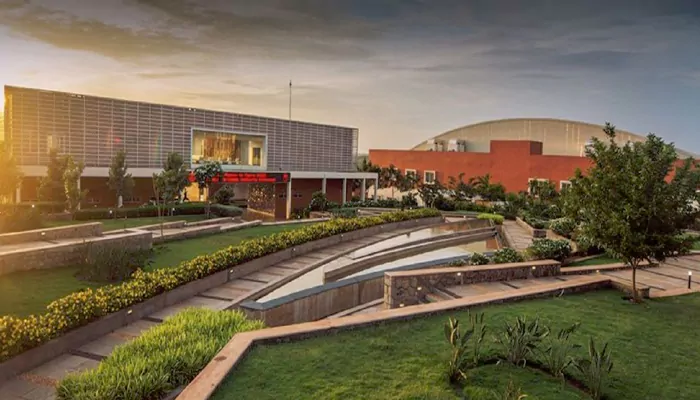
Credit: inspireinstituteofsport
To genuinely realise India’s sporting potential, both the government and private investors must maintain the momentum, ensure proper maintenance, and expand the focus beyond cricket to include athletics, hockey, football, and other sports.
Independence Month is a time to celebrate the journeys that define India. In sports, that journey isn’t just about podium finishes — it’s about building the fields, tracks, courts, and arenas where future champions will train.
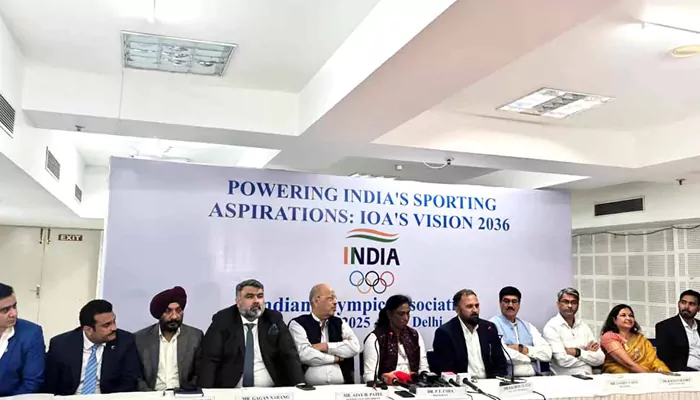
Credit: Nagaland Post
Every medal India wins in the years ahead will be the result of two battles: the one on the day of competition, and the one fought quietly through years of infrastructure development. If the nation continues to invest wisely, the road to Olympic Vision 2036 won’t just be a dream — it’ll be paved with the stadiums, training centers, and community grounds rising across the country today.